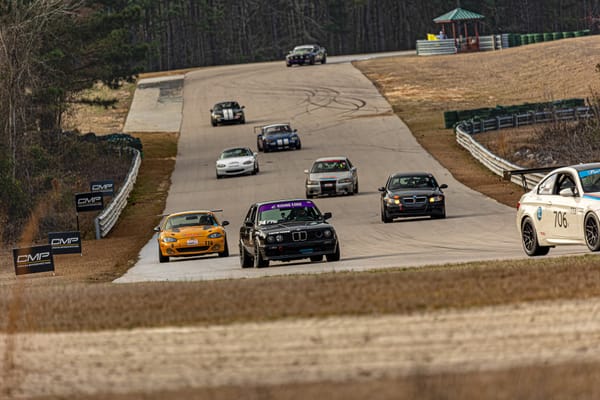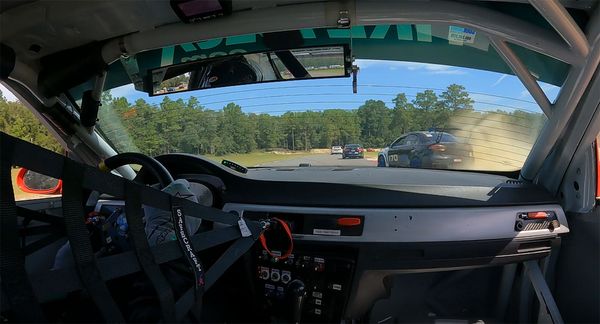The adage "the right tool for the job" is typically referring to, quite literally, using the correct tool for the task at hand. But what if your tool is a race car?
Something from a recent conversation has really stuck with me. In discussing with Carlos Mendez how a particular car fit into a desired racing class, he stated that the car wasn't the right tool for the job (and he was right). Lately I've been using that adage as a way to frame how I look at just about everything car-related.
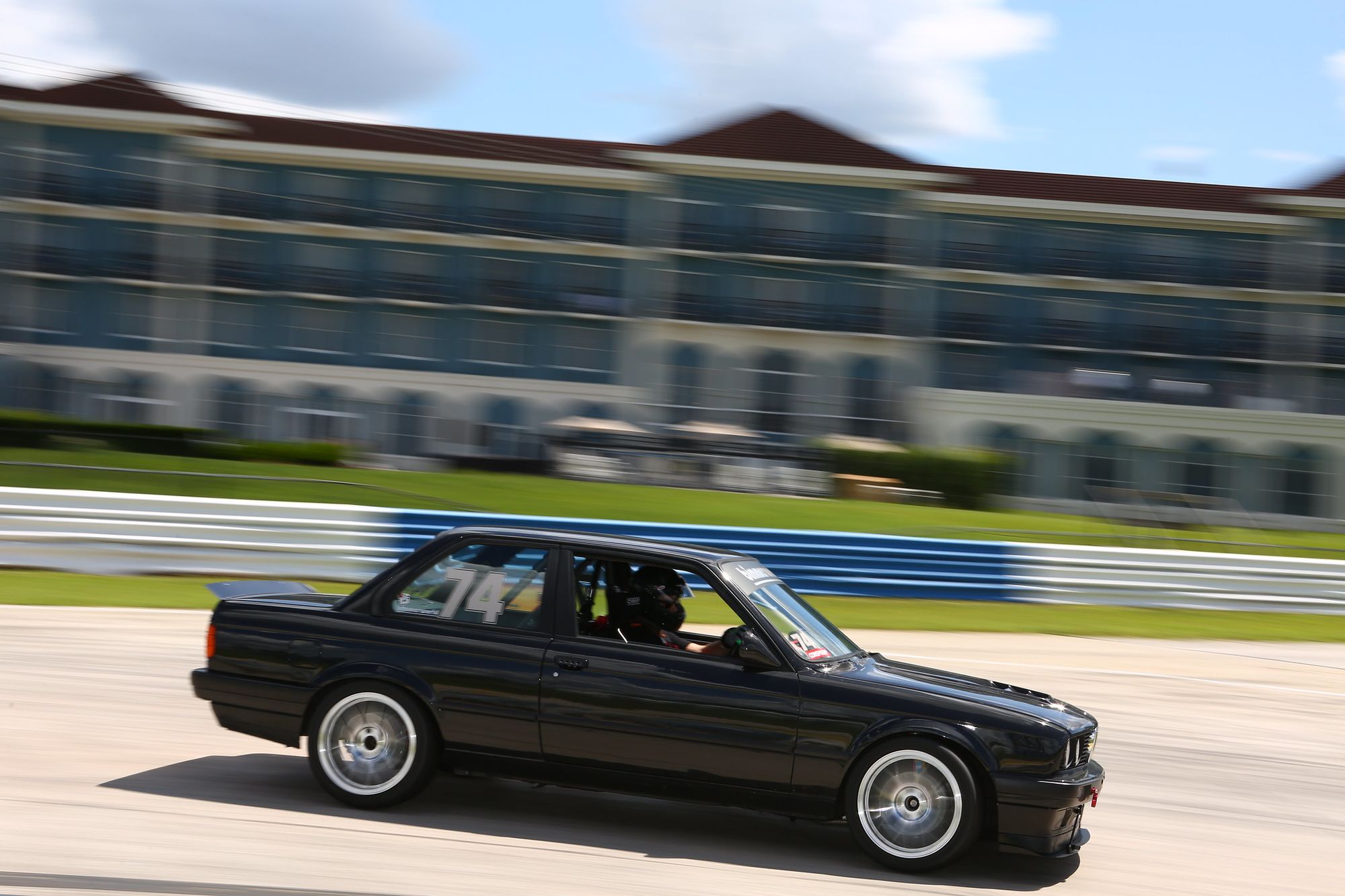
I'm on the record as being a big fan of NASA's power-to-weight (p:w) classification for racing classes, which is used for all Super Touring and Time Trial groups. A class is given a maximum p:w ratio, with a reasonable amount of +/- modifiers available to hopefully achieve a balance of performance. It's not a perfect system, but I've found that it works surprisingly well, and it allows for drastically different cars & builds to remain competitive with each other.
For the most part, NASA's p:w method is straight forward and easy to understand. It makes it so nearly any type of car built to nearly any level can find a pretty good natural fit in a Super Touring or Time Trial class. I believe that this is inviting for newcomers: there is no need to dramatically alter your car, or to study a rulebook until you're dizzy.
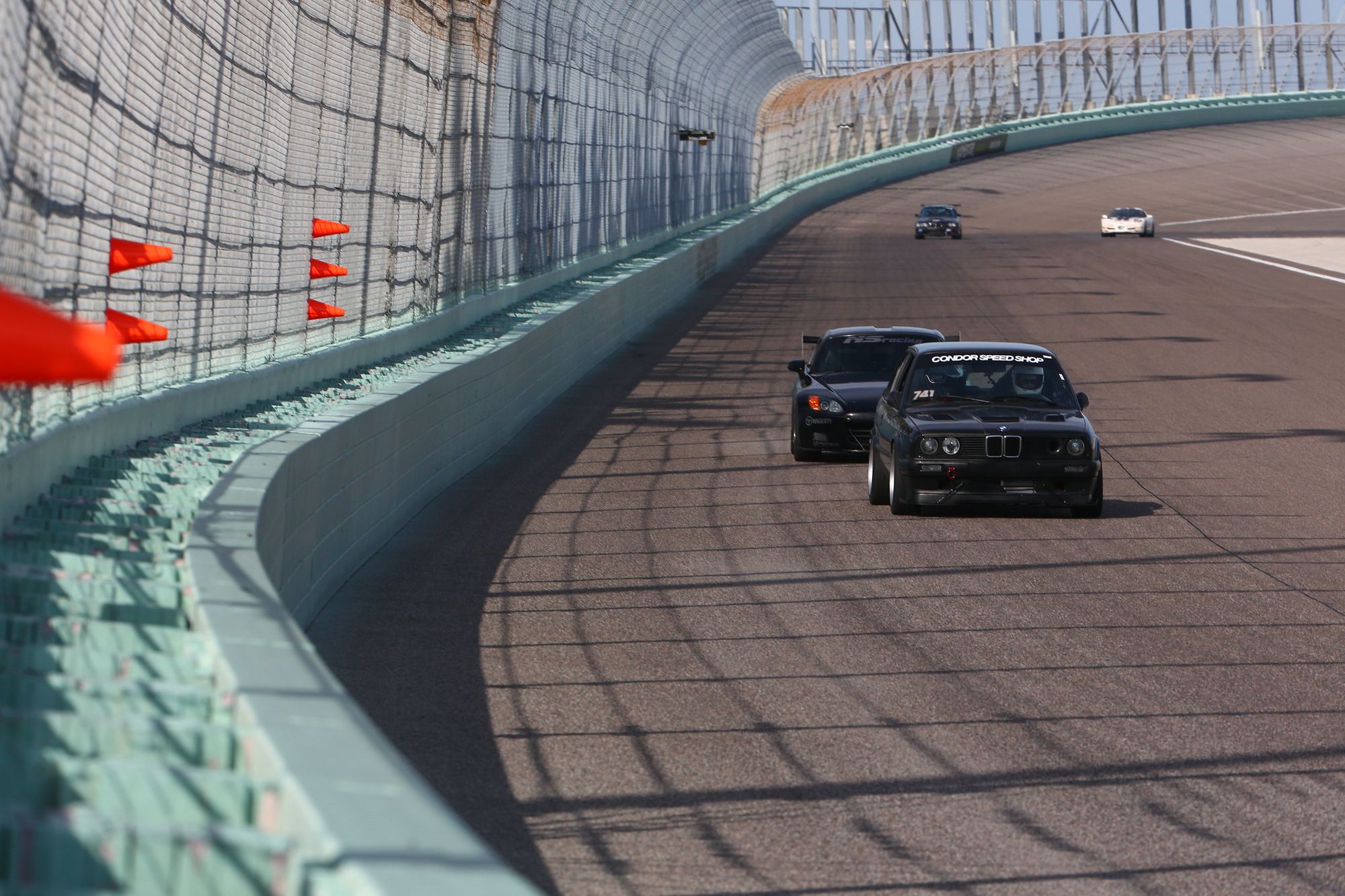
When I got started in Time Trials, my E30 seemed to fit pretty well into TT5, so that's where I've been running it for the last 3 years. However, it didn't take me that long to realize that it would be difficult and expensive to try and max the car out for the class. Even if I could theoretically max it out, it would require doing things I never wanted to do (aero, for instance), and bring me to speeds at which I wouldn't be comfortable in this car.
In racing you'll often hear about cars that are de-tuned or have ballast to run a class (or two) lower than it would naturally fit in. I used to think this was kind of silly. Wouldn't you want to try and reach the car's maximum potential? I've come to realize that there are two key benefits to classing down:
- You have more control over, and can more easily achieve a perfect power-to-weight ratio to maximize the potential of the class.
- You don't have to try and extract every ounce of power from the car, or go to extremes to reduce weight.
As an example, modified E36 M3s and Honda S2000s tend to naturally fit in the ST/TT4 group, and they do pretty well there. However, they are dominant cars when made to fit into TT5.
I am working on adding ballast and potentially de-tuning my engine to move down a class to TT6, which is the land of the Miatas. Truthfully, a Miata is the best tool for the job in TT6, but an E30 would be the second choice, and we're going to see how my car handles with a considerably better corner balance due to the ballast I'll need to add. My new-to-me grey E30 will be a better fit for running TT5: it has [a lot] more power from the 24v swap, it will have full aero, and it has a full roll cage that I'll be more comfortable in at the faster speeds it will achieve.
Begin with the End in Mind
It's important to be honest with yourself about your on-track goals. If you are going to be perfectly content doing HPDE, there is nothing at all wrong with that. If you are going to be entering competitions, but don't care how you do and are only out there to have fun, there's nothing wrong with that either. BUT, if you are like me and desire to be at least somewhat competitive, then a lot of frustration, money, and effort can be avoided by starting the journey with the right tool for the job.
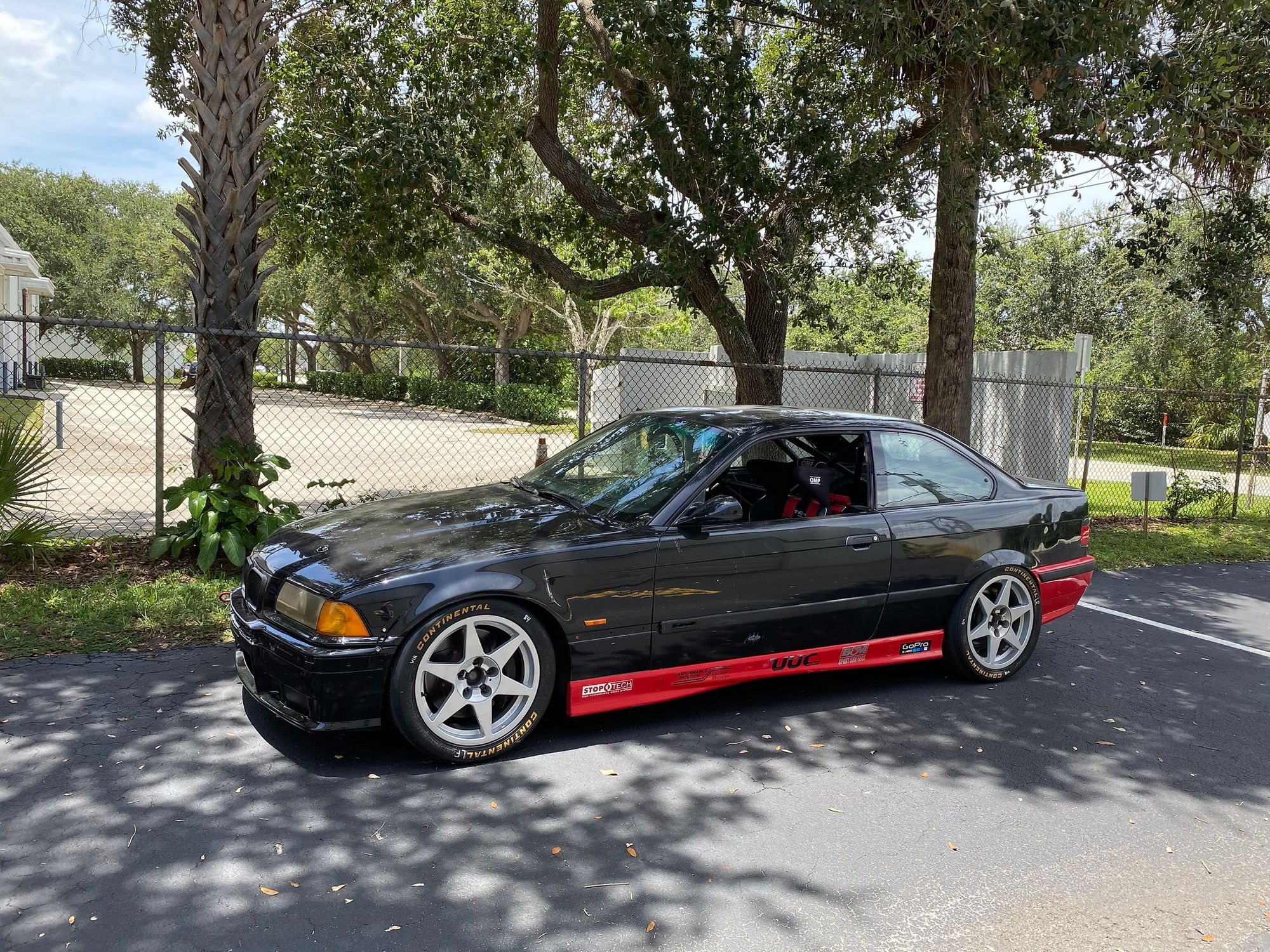
For some, the sunk cost fallacy would mean sticking it out in TT5 and trying to better optimize the car for that class. A better idea would have been switching to TT6 earlier, or starting out with an E36 M3 for TT5. While I love to be contrarian and to do the best with what I have, life can be a lot easier when you go with the proven choice.
There's a reason that certain cars dominate certain classes, and that doesn't have to be a reason to choose something else. I'm going to be better about picking the right tool for the job going forward.



